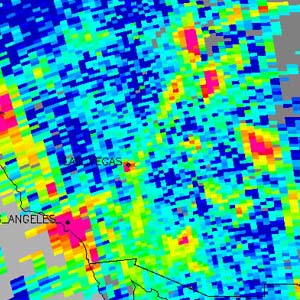
Thanks to the latest sophisticated, satellite-based instruments, local and regional air pollution and their sources can now be observed closely from space.
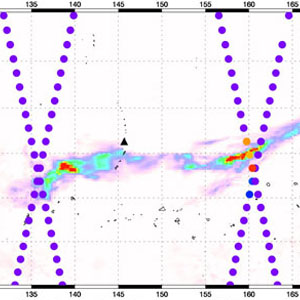
This image of the volcanic eruptions from Anatahan (Mariana Islands) shows sulfur dioxide concentrations in the atmosphere on April 7, 2005, over 30 hours after the eruption.
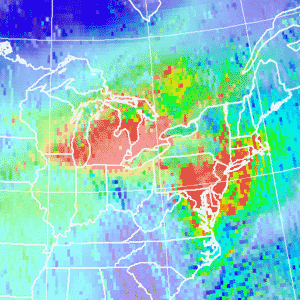
This image from Aura's OMI instrument shows the total column amount of nitrogen dioxide, a precursor to the formation of tropospheric ozone.
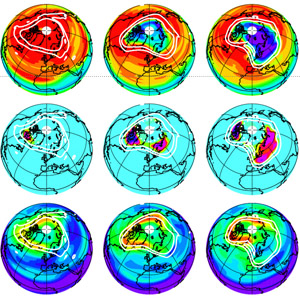
An unprecedended suite of simultaneous measurements by MLS allows more accurate quantification of ozone destruction in the 2004-2005 Arctic winter.
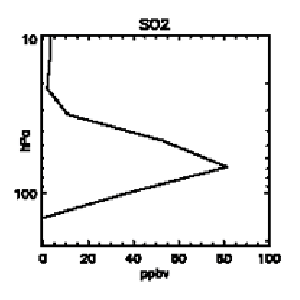
These images show MLS detection of enhanced SO2 and HCI in the lower stratosphere over New Guinea on January 28, following eruption of Manam volcano on January 27.
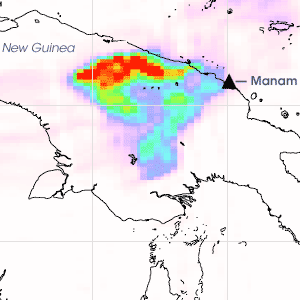
When the Manam volcano erupted explosively in the middle of the night on January 27, 2005, it sent a cloud of ash and sulfur dioxide over New Guinea.